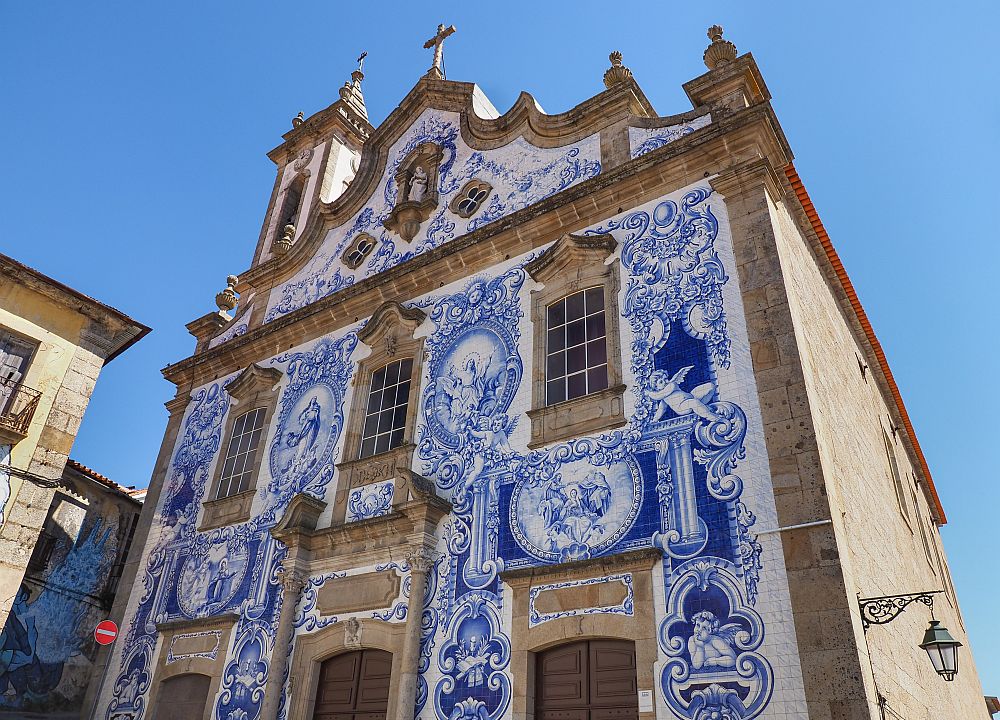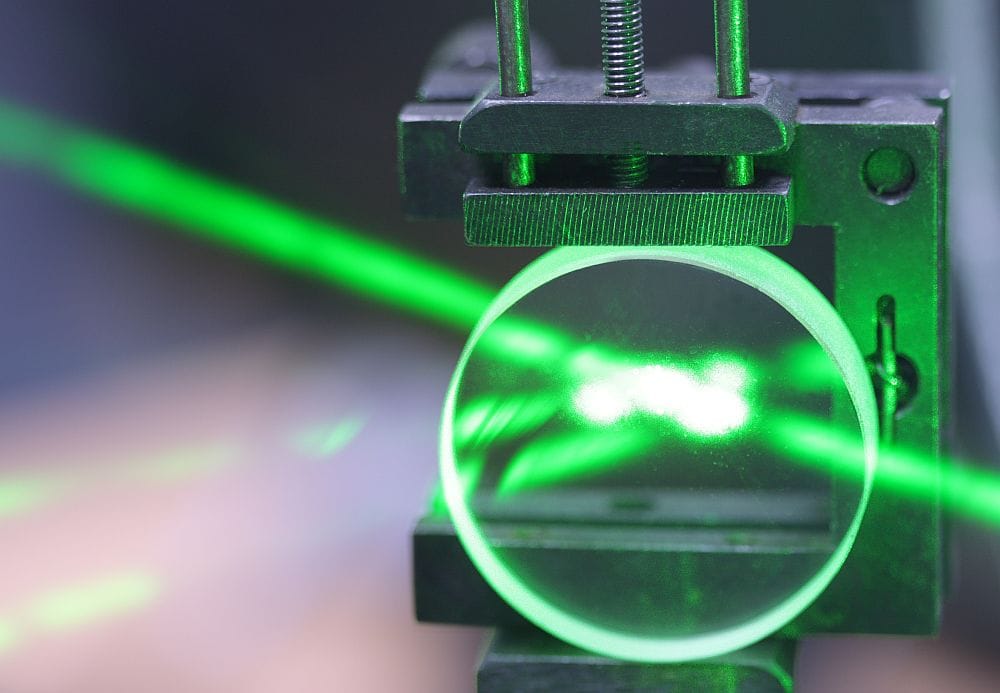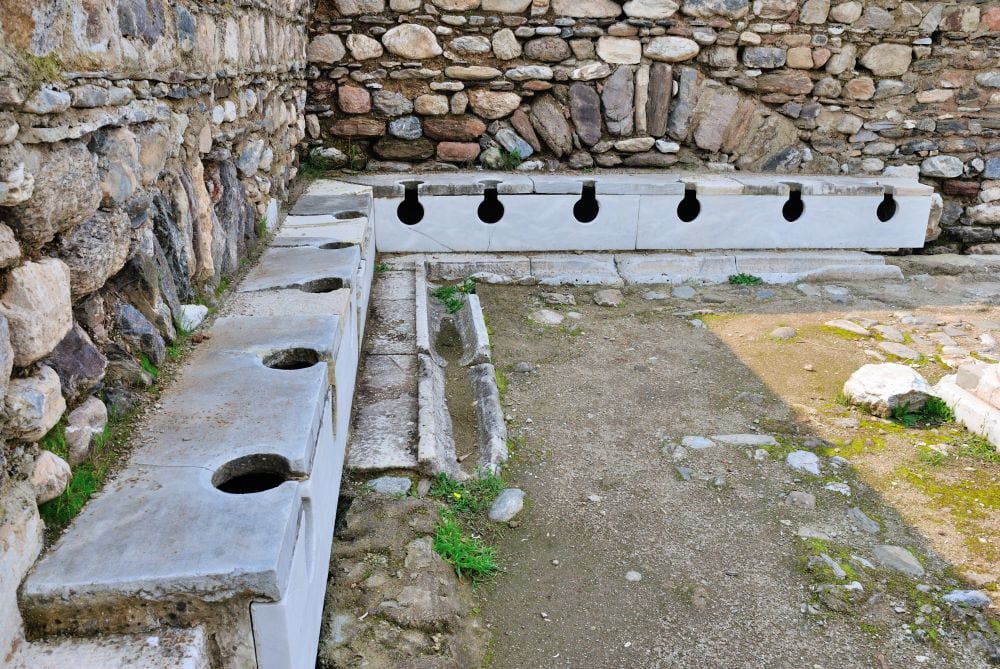
[Image above] A glassworker in the middle of creating a glass ship, which will later be put into a bottle. Credit: Vessels of Memory: Glass Ships in Bottles, YouTube
In recent months, the surge in natural gas prices has challenged Europe’s ceramics and glass industries to stay open in the face of rising costs. However, one subset of the glass industry—scientific glassblowers—has been struggling much longer to remain alive.
Scientific glassblowing is the process of creating glass apparatus and glass systems used in research and production. Modern scientific glassblowing traces to the late 19th century with the advent of borosilicate glass, and the profession really came into its own after World War II, due in part to a large expansion in higher education.
However, with the rise of mass-produced standard glass vessels, companies and universities started relying on in-house glassblowers less and less. In 2017, the U.K. charity Heritage Crafts Association classified the profession as “endangered” in its Red List of Endangered Crafts, based on there being at most only a couple hundred scientific glassblowers currently employed in the U.K. and a lack of training programs to teach the next generation.
While there are efforts underway to reverse this decline—notably by the British Society of Scientific Glassblowers—a recent exhibition at the Scottish Maritime Museum in Irvine, Scotland, looks instead at the unusual solution that scientific glassblowers in the 1970s used to stay employed when business first started being outsourced to China.
Curated by University of Glasgow assistant glassblower Ayako Tani, the Glass Ships in Bottles exhibition tells the story of how U.K. scientific glassblowers, facing layoffs as heavy industry declined, began making and selling glass ships in bottles. This cottage industry soon blossomed into a highly viable commercial enterprise, in some cases doubling the wages of the workers and providing their families with a better life.
In an interview with The Sunday Post, Tani explains she first learned about the history of these glass ships after moving from Tokyo to Sunderland in 2014 to study at the city’s university.
“When I finished university, I started working with local glassblowers, and as we worked together, they reminisced about how they used to work for the Pyrex factory in Sunderland, which started to downsize in the ‘70s. … They said they did any job they could, be it scientific, ornamental swans, glass ships in bottles, and they found the latter was the most commercially viable, and soon they were receiving big orders. Workshops were set up, and as time went on, their previous colleagues from Pyrex joined them,” she says.
Eventually, mass production and big business moved in, and manufacturing of glass ships in bottles moved to China in 2005. Still, the significance of the glass ship industry to scientific glassblowers in the 1970s–1990s compelled Tani to help this history reach a larger audience.
The Glass Ships in Bottles exhibition features a collection of vintage glass ships in bottles and new glass artworks by Tani. Details on how the ships are created can be found at the end of The Sunday Post article, and Tani also uploaded a video (below) showing a glass ship in progress.

Credit: Vessels of Memory: Glass Ships in Bottles, YouTube
The exhibition also features “Vessels in Memory,” an oral history and art project featuring filmed conversations with former scientific glassblowers who describe their work. These conversations, available on the Scottish Maritime Museum YouTube channel, are included below.

Credit: Scottish Maritime Museum, YouTube
While Glass Ships in Bottles no longer features at the Irvine site of the Scottish Maritime Museum, it currently appears at the Dumbarton site. Closing weekend of the exhibition is May 14 and 15, and Tani will be there on Saturday to lead two hour-long tours at 11 a.m. and 1 p.m.
Author
Lisa McDonald
CTT Categories
- Education
- Glass


